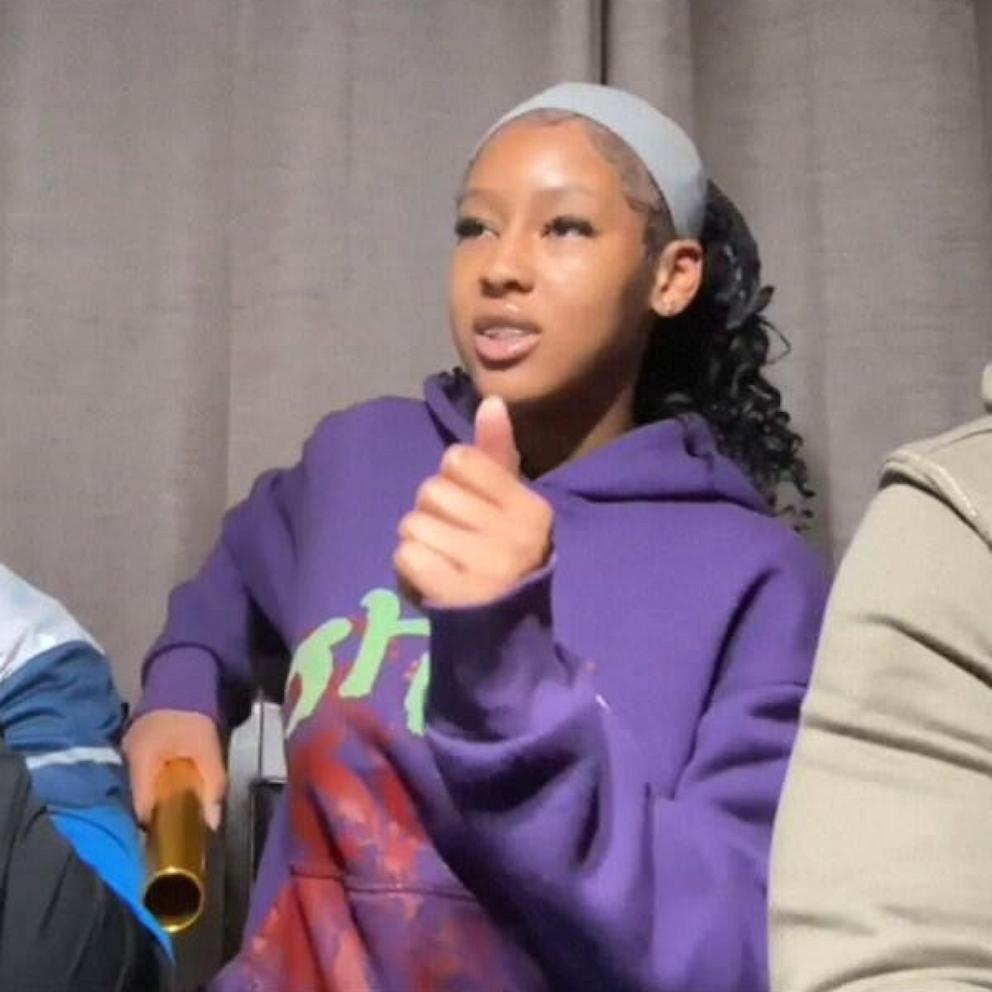Would Kamala Harris be a stronger candidate than Biden?

On Thursday, June 27, President Joe Biden had one of the worst debates for an incumbent president in recent memory. According to a 538/Ipsos poll conducted after the debate using Ipsos’s KnowledgePanel, the average debate watcher thought the president did “poor” (on a scale from “terrible” to “excellent”), and only 21 percent thought he performed best in the debate. By contrast, although former President Donald Trump turned in just an “about average” performance that included numerous lies, 60 percent of debate watchers told 538/Ipsos they thought he performed the best. And according to 538’s average, Trump’s margin in national polls has increased by 2 percentage points since the debate.
In the aftermath of Biden’s performance, the president has faced a barrage of calls to drop out of the presidential race to make way for a Democrat with a better chance of defeating Trump. Following a slew of articles written by its op-ed columnists, for example, The New York Times editorial board wrote, “The greatest public service Mr. Biden can now perform is to announce that he will not continue to run for re-election.” Even some elected Democrats have taken the extraordinary step of publicly suggesting he should step aside, with Rep. Lloyd Doggett writing on Tuesday, “Too much is at stake to risk a Trump victory.”
If Biden were to step aside, Vice President Kamala Harris is the most likely choice to replace him as the Democratic nominee — not necessarily because she is the best pick (this is impossible to test) but purely by virtue of her being first in line to the presidency. The million-dollar question, then, is whether Democrats would be better off with Harris as their nominee than with Biden.
That’s ultimately an unanswerable question, given the unprecedented and hypothetical nature of such a switcheroo, but we can attempt to quantify Harris’s odds of winning based on the (limited, imperfect) information we do have. So, as a thought experiment, we ran two different versions of the 538 presidential forecast with Harris as the Democratic nominee instead of Biden.
538’s election forecast, Harris-Trump edition
Let’s get one caveat out of the way: We don’t have that many public polls testing Harris against Trump. From April 1 through July 2, just over a dozen polls asked about this alternative matchup. But we do have polls from all the major swing states, thanks largely to tracking from Morning Consult, and we have enough national surveys to calculate a Harris-versus-Trump national polling average — and thus to forecast how she would perform in states without any polls.
For the most part, national polls have shown Harris doing about the same as Biden in head-to-head polls against Trump. In a March Fox News poll for example, Trump led Harris by 6 points and Biden by 5 points (well within the survey’s margin of error). And as recently as June 28, a Data for Progress poll showed the president and vice president each losing to Trump by 3 points (also within the margin of error). That said, a June 28-30 CNN/SSRS poll found Harris losing to Trump by only 2 points while Biden was trailing by 6. This was also within the margin of error but was nonetheless a bigger gap and could mark the beginning of a shift for Harris.
When we plug all these polls into a polls-only version of the 538 forecasting model — which jettisons the economic and political priors our full model uses, giving us an apples-to-apples comparison between candidates — Harris has a slightly higher chance of winning the Electoral College than Biden, but it’s not a significant difference: 38-in-100 versus 35-in-100. On a state-by-state level, Biden looks stronger than Harris in Pennsylvania and Wisconsin, while Harris’s odds are higher than Biden’s in Nevada.
Harris also does slightly better than Biden in our forecast of the national popular vote. The model forecasts that Trump would outpace Harris nationally by 1.5 points, while he would outrun Biden by 2.1 points. However, this could be an artifact of our model not having any Harris-versus-Trump polls that include independent candidate Robert F. Kennedy Jr., who tends to take slightly more votes away from Democrats than Republicans when included in a poll.
However, Harris’s popular-vote edge is almost entirely negated by the bigger Electoral College bias against her. In our polls-only forecast pairing Biden against Trump, the Democratic candidate needs to win the popular vote by just 1.1 points to win the presidency. That’s thanks to Biden doing better in Pennsylvania, the likeliest tipping-point state in our model. Harris, by contrast, would need to win the popular vote by 3.5-4 points to win Pennsylvania and, with it, the Electoral College.
However, whether Harris would truly be a stronger candidate than Biden also depends on information besides the polls. In our full forecast model — which includes a variety of non-polling economic and political variables, which we call the “fundamentals” — Harris does much worse than Biden across the board. Whereas Biden has a 48-in-100 chance to win the Electoral College, Harris has only a 31-in-100 chance.
This is thanks in large part to the boost our model confers on Biden as the incumbent president, which is worth an extra point for Biden over Harris in our fundamentals-only forecast of the national popular vote. However, one factor our model does not consider is whether presidents’ approval rating and economic growth impact incumbents running for reelection more than non-incumbents running from the same party, and that may actually push Harris’s numbers over Biden’s. In other words, your mileage may vary depending on how much you believe that Biden should get a boost because he’s the sitting president. There is no objectively correct answer here; one of the reasons election forecasting is hard is that it requires judgment calls like these.
Sometimes, it makes sense to bet on uncertainty
Biden’s core problem may not be captured in current polls, however. As his critics said after the debate, concerns about age and competency do not go away with time; in fact, they tend to get worse. Our forecast for Biden today depends on many known knowns and known unknowns, and, unfortunately for Democrats, the known downsides for Biden currently outweigh the known upsides. Another way of saying this is that Biden’s chief risk is a “hard” risk (as opposed to a soft one) — a product of an immutable trait that voters are unlikely to overlook by November.
Replacing Biden with Harris, by contrast, would introduce more uncertainty into the election; in other words, Democrats would be betting that her “soft” risks aren’t as bad as Biden’s. For example, Harris had one of the most left-leaning voting records during her time in the U.S. Senate, which could hurt her among moderate voters. Yet Biden already does poorly with moderates — and at current levels of political polarization, a cross-cutting issue like Biden’s age may make more of a difference with swing voters, anyway, than any narrow disagreements about policy.
At the end of the day, any decisions about whom the Democratic Party nominates for president will — or should — take more than just the polls into account. Right now, there is a lot of uncertainty around the alternatives for Biden. We have few polls for Harris, for example, and other alternatives are less well known and have not been vetted at the level a president or vice president is scrutinized at (just ask South Dakota Gov. Kristi Noem). Until recently, that uncertainty was enough to hold calls for a new Democratic nominee at bay. But just as uncertainty creates more downside for a party, it also creates more upside. Given what Democrats have now realized about Biden, they may be willing to take that risk.




